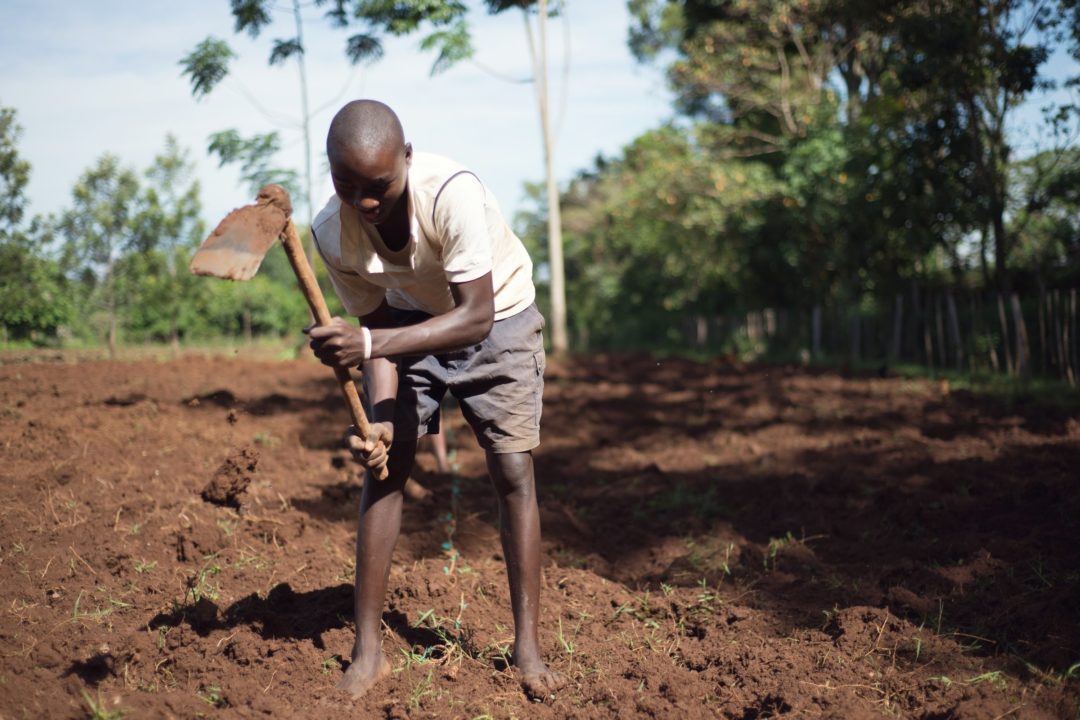Read full article By One Acre Fund News Photo Credit
When maize crops were threatened in Kenya, so were our farmers’ livelihoods.
An Unanticipated Problem
If you’ve ever visited Kenya, you have likely come across ugali, a stiff porridge usually made from maize flour. Ugali is the staple food for millions of people across Africa. Rich or poor, educated or illiterate, almost every Kenya will say that a meal without ugali is not a meal.
After a new maize disease emerged in Kenya late last year, the One Acre Fund team in Kenya began focusing its energy on answering one question: If growing maize in Kenya is extremely risky, and no longer a reliable source of food, how can we help farmers mitigate risk with different food crops?
The core package of maize seed and fertilizer had been fine-tuned over six years, but we had only six months to come up with an alternative crops package for the 2013 season.
Millet and Sorghum Rise as Replacements
Two crops quickly emerged as potential substitutes for maize and became the focus of intensive research and trials. Millet and sorghum showed signs of resistance to the maize disease and could also be ground into flour for ugali quickly. These crops are nutritious and hardy, and offer farmers food security as well as income if sold as a cash crop. Further, sorghum and millet can survive with little rainfall, and leftover stalks from the first harvest can yield a second growth.
The One Acre Fund team began doing desk research to gather the information necessary for initial nursery trials. Trials were designed to compare the success of various seed types, including locally produced and readily available varieties as well as hybrids from India.
Testing the New Product
But we knew that a nursery trial wouldn’t tell us everything that we needed to know. Before rolling out this new product to our farmers, we needed to test it in the field. We didn’t have enough time to run a full-season trial with farmers, so we reached out to the most experienced farmers in our network: our 500 field officers. Each field officer in every district in western Kenya was given a trial package of both sorghum and millet seed and fertilizer, trained in planting techniques for both, and asked to report back with a set of metrics about their crops each week.
This large-scale trial allowed One Acre Fund to quickly measure the germination of a number of different seed varieties under a wide range of different soil types and altitudes. It also provided valuable feedback on farmer preference between sorghum and millet, and the practicality of planting techniques being honed in nursery trials.
While we still have much to learn about how to maximize the potential impact of sorghum and millet for farmers in Kenya, these rapid trials allowed more than 60,000 One Acre Fund farm families to plant sorghum and millet – not maize – across western Kenya this year. Initial reports from farmers in areas where the rains have already begun suggest that germination rates are high. The millet/sorghum harvest, combined with the rest of the core package offered by One Acre Fund, will be sufficient to protect our farm families from the food security threat posed by the new maize disease. Although the recipe will be different, our farmers will be able to continue to eat the ugali they love.

